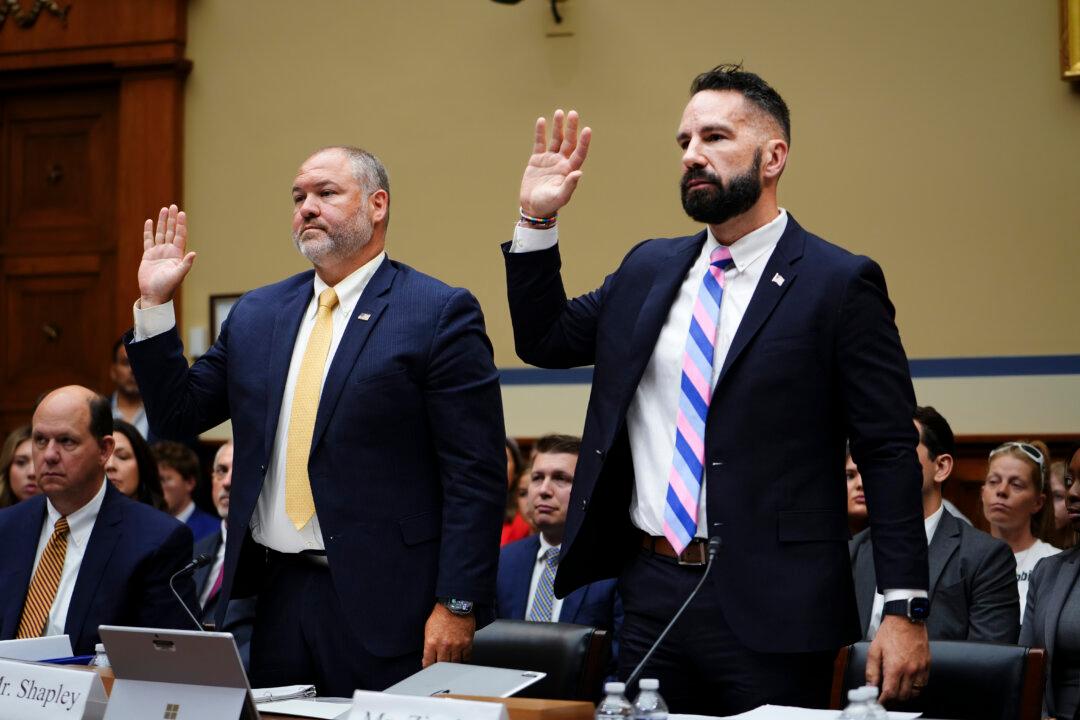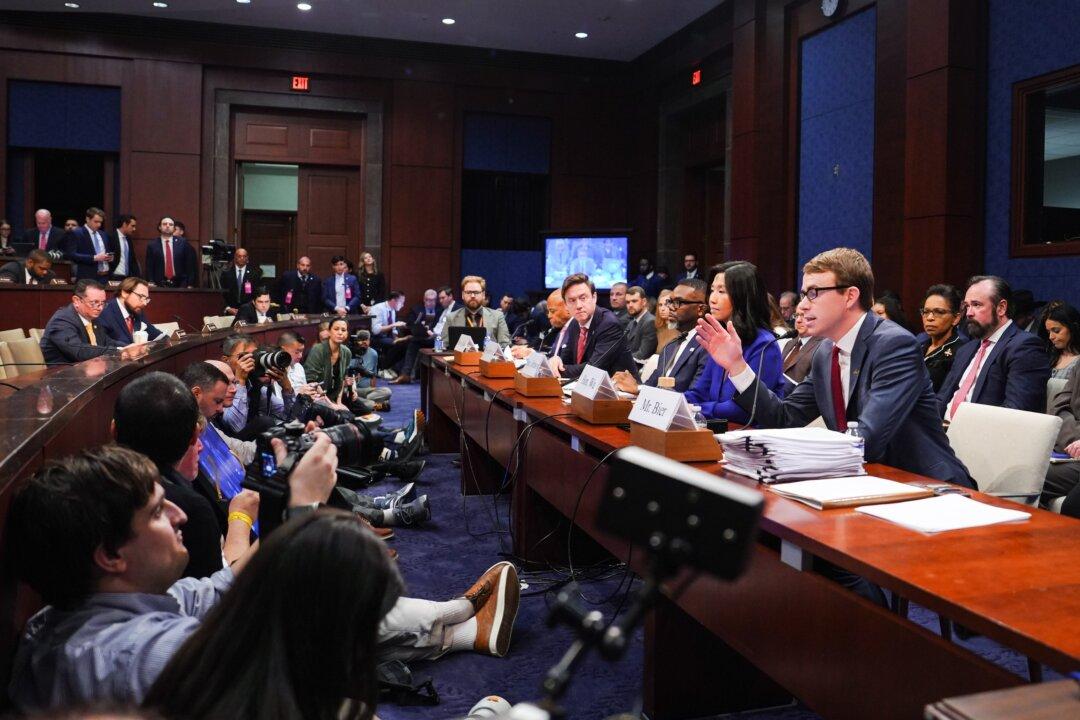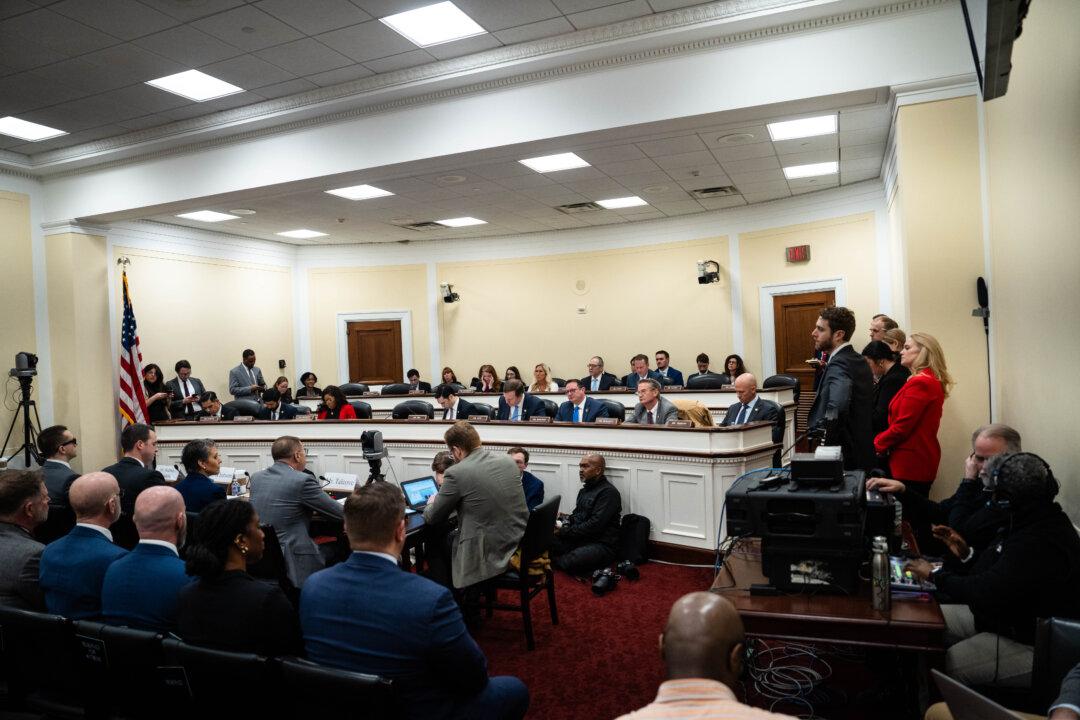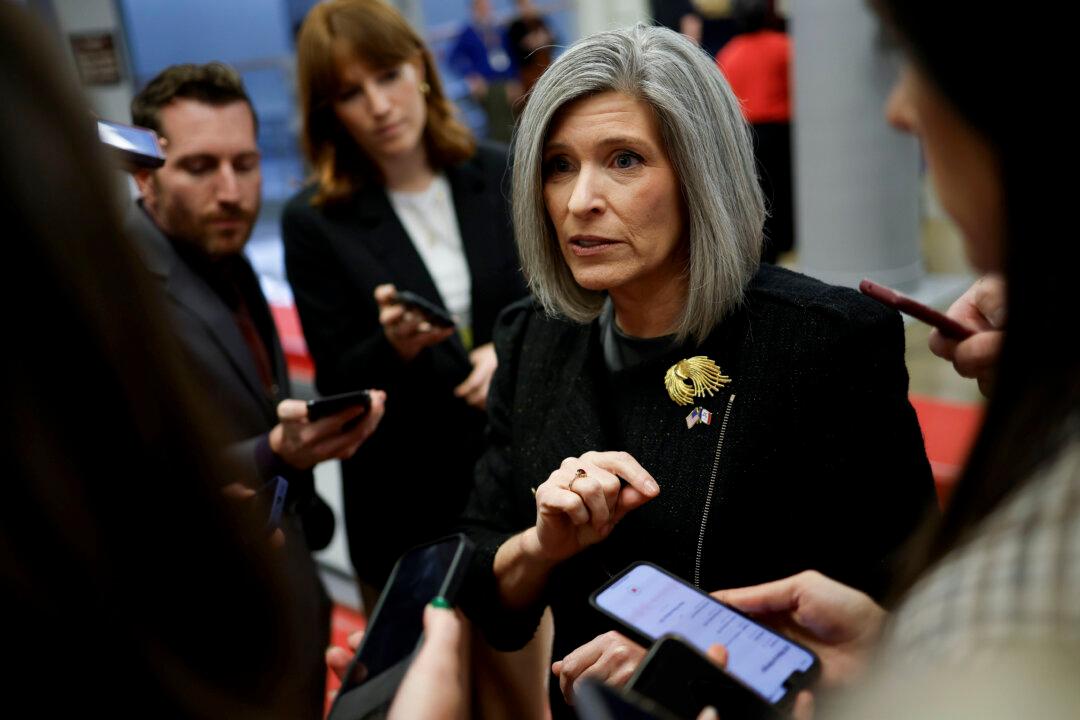Federal departments and agencies shelled out more than $12.2 billion on Sept. 30, 2019, the last day of that fiscal year, capping the biggest year-end spending spree ever, according to a new watchdog report.
“Monday, September 30, the last day, broke all records: $12.2 billion. Friday, September 27, the second-to-last business day, recorded $11.6 billion,” according to the report issued Aug. 20 by Open The Books, a Chicago-based nonprofit government watchdog. The data was compiled from usaspending.gov.





